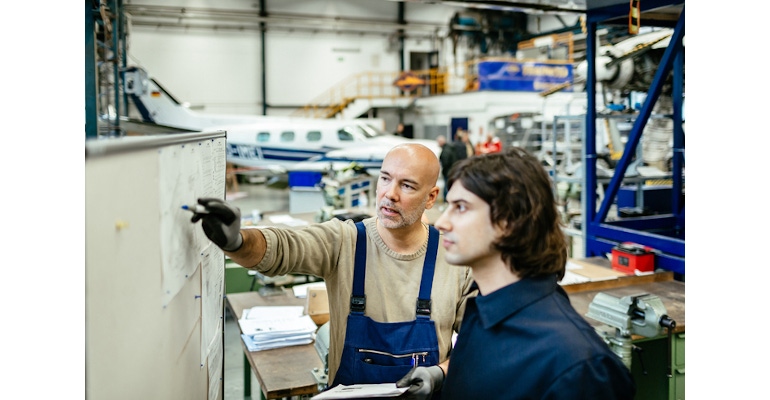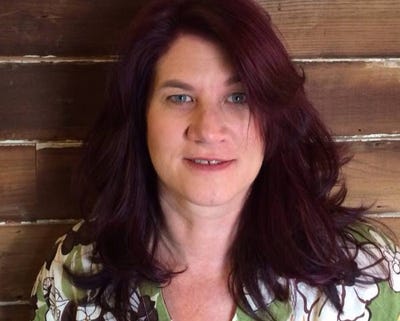In addition to aeronautics or astronautics engineers, the aerospace industry needs propulsion engineers, structural designers, mechanical engineers, electrical engineers, computer engineers, and others.
February 11, 2023

If you wanted to throw a party and invite all the engineering disciplines, you should probably host it at the American Institute of Aeronautics and Astronautics (AIAA) in Reston, VA. Aerospace is an industry that requires the talents of just about every kind of engineer you can imagine.
If you’re building something that’s going to leave the earth, whether it stays in our atmosphere or travels into space, you’re going to need a lot of engineers beyond an aeronautics or astronautics engineer. You need propulsion engineers, radiofrequency engineers, structural designers, mechanical engineers, electrical engineers, and computer engineers, to name a few.
Dan Dumbacher, executive director of AIAA, said that across the industry, there is a shortage of engineers and skilled technicians. As to narrowing down a certain type of engineer in higher demand, Dumbacher said it’s more a problem of experience than type. “What we are hearing more and more out of our corporate community is that mid-level experienced engineering positions are getting harder and harder to fill.”
Dumbacher thinks there are multiple drivers responsible for the shortage. One is a workforce development problem in that potential students do not understand the value of an engineering degree. Another is the perception that engineering is too hard and a lack of interest in math and science. And then there is the money. It can be more lucrative to go straight to Wall Street from MIT or skip the engineering degree and follow your passion and talent into the gaming industry.
One way to address the value perception is making the jobs more relevant to potential students by showing them the value to society. He said that, sure, working on launch vehicles and spacecraft when he was in an engineering role at NASA was fun, but he chose that career because he felt like it was useful for humankind. That’s the kind of value many potential candidates are looking for.
Dumbacher thinks another way to address the shortage of technical talent is through diversity and inclusion. By reaching out to members of our society that have not typically been seen in the aerospace community not only helps give them opportunities but can improve the industry better far beyond just filling open positions.
“It will also make us better problem solvers. Because now I'm bringing in people with multiple perspectives, different perspectives than the same old group,” said Dumbacher. “And now I'm asking new questions, and I'm looking at problems in a new way. [The industry] gets better at solving more complex problems and it’s helping society as a whole by giving people more opportunity and better lives."
Dumbacher and the AIAA aren’t just paying lip service to diversity and inclusion. Just months ago, the AIAA Board of Trustees rewrote the organization’s strategic goals to include ensuring the AIAA represents the demographics of society, not just the aerospace industry. They also want to carry that objective forward and help the industry be more reflective of society’s demographics.
All of this helps to begin building a pool of talent, but how does the industry acquire the much-needed mid-level career engineers? Well, you can pull them from other industries.
Dumbacher said, that in many cases your discipline and problem solving and analytical skills from other industries will transfer into aerospace. However, your ability to collaborate with a team is essential to getting the job. Perhaps even more so than other industries.
“You're building a system, and it takes a willingness to work across all technical disciplines to put that system together. The propulsion engineer must be able to work with the structures engineer, and the structures engineer has to be able to work with the thermal and the materials engineer,” explained Dumbacher.
Another key ingredient to a career often on the astronautics side is the ability to get security clearance. Dumbacher said, “The higher security clearance you have, the more valuable you are in the industry. [Security clearance] is a big deal because it takes a long time and they just don't give anybody a security clearance.”
The aerospace industry has projects spanning countries, continents, planets and galaxies, and employment in both public and private organizations. Many of its technologies hope to make the world a better place. If that sounds good to you, it may be time to launch into a career in aerospace engineering.
About the Author(s)
You May Also Like





